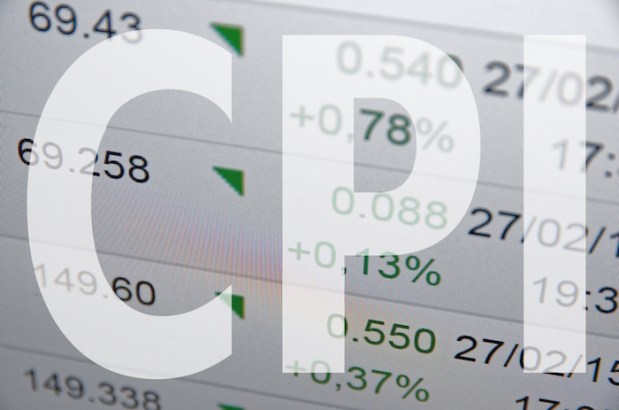Consumer Prices Rose In March – But Not By Much

For all the shifting financial sands retailers sit atop, there are still some ironclad rules of economic reasoning – when prices are low, consumers ought to buy more. When they’re high, well, it’s better to hope it’s not by too much.
Fortunately, that’s the news out of the Labor Department Thursday (April 14). Based on the agency’s Consumer Price Index, a slight increase in gas prices, as well as similarly marginal declines in the cost of food, culminated in a 0.1-percent rise in consumer prices. Coming off a February slip of 0.2 percent, March’s figure might be cause for celebration – if it wasn’t for the fact that March’s year-over-year figures reflected an annual increase of 0.9 percent.
The Labor Department’s core CPI, which calculates consumer prices without taking into account the influence of food products and energy services, painted a slightly different picture. Though the core CPI also increased 0.1 percent through March, that figure comes after months of much more concerted price spikes. In February, the core CPI inched up 0.3 percent, and the annual comparative figure for March sat at 2.2 percent.
Chris Christopher, economist at IHS Global Insight, told The Wall Street Journal that the most recent CPI numbers for both the inclusive and core rates reflect a cyclical nature of the effect of inflation on consumer prices.
“Overall inflation, for the time being, is back to where it was before December,” Christopher said.
PNC Financial Services Group economist Gus Faucher wondered to the WSJ whether these inflation-resistant numbers would be enough to spur the Fed to reconsider rate adjustments. While it may not happen in early spring, a survey of financial analysts by the WSJ found that 75 percent expect such an intervention by June at the latest.
“[The Fed] would like to be more convinced of firming inflation before raising the Fed-funds rate again,” Faucher told the WSJ.
